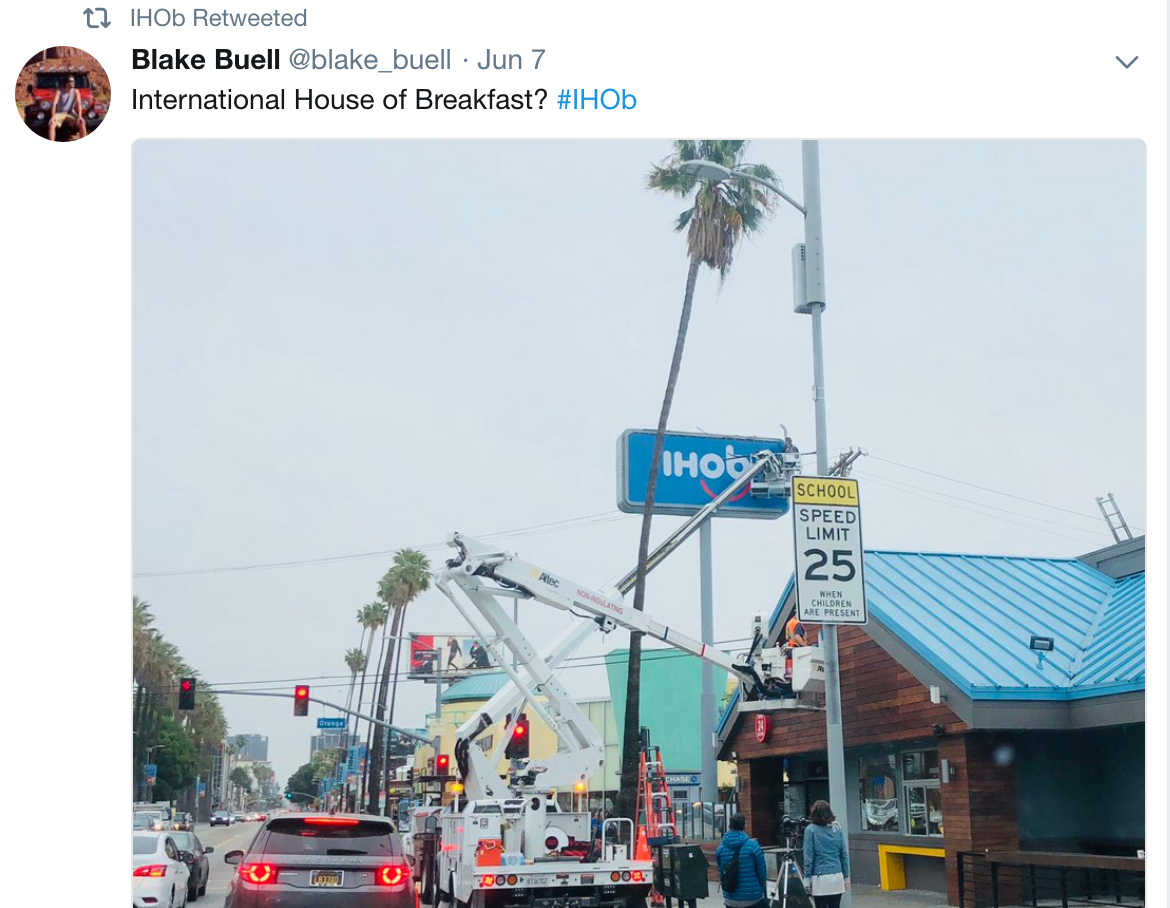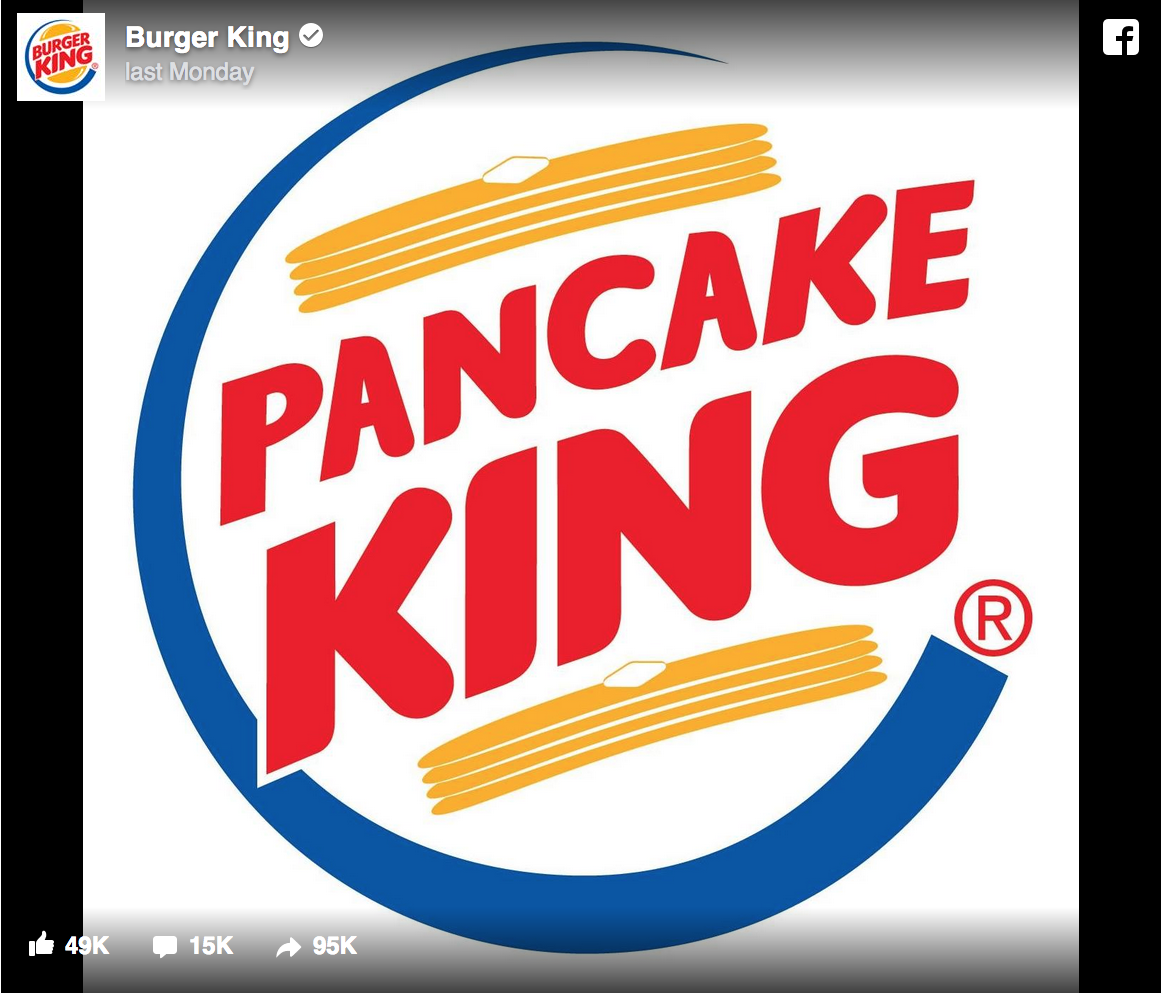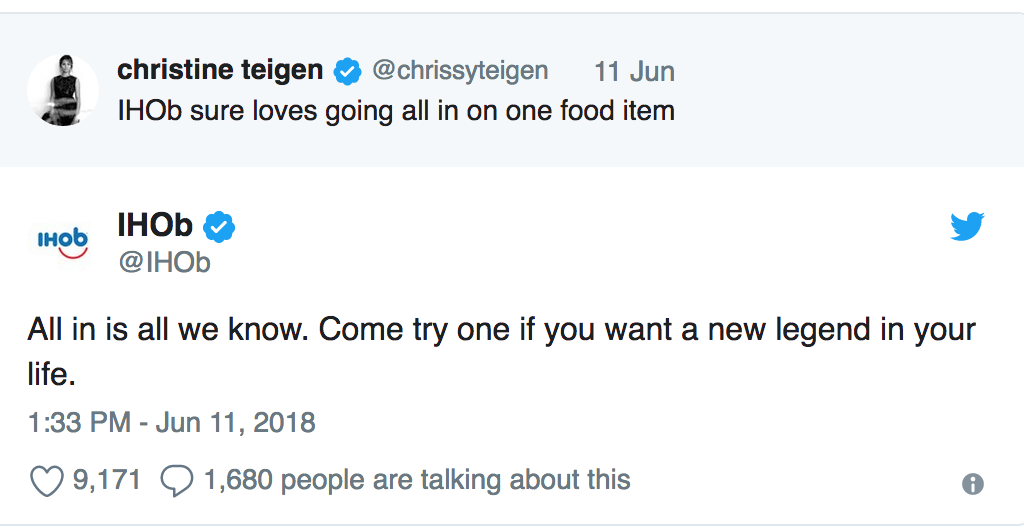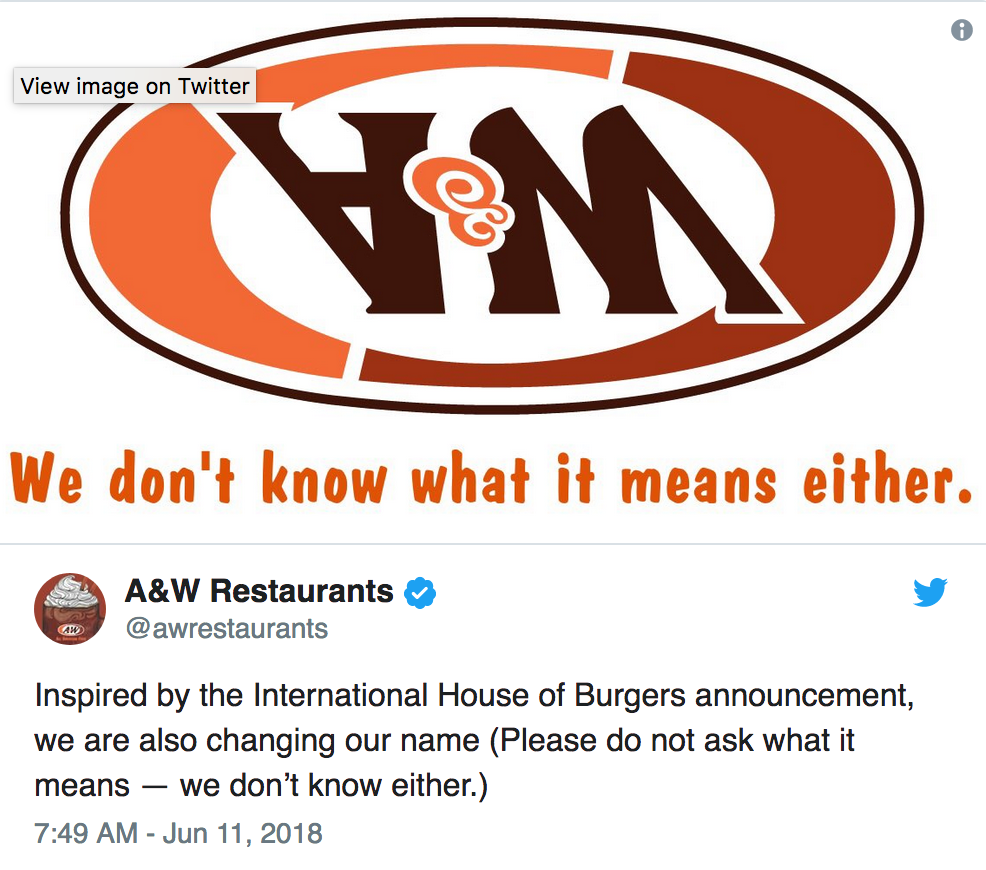Flipped Like A Pancake
So I’m thinking about walking into IHOB to try myself a burger. I’m always on the lookout for a new burger and, well, apparently this is a place to get one.
Of course, by now we know that IHOB is still IHOP (and the mysterious “B” stands for Burgers), in what was a really well-planned campaign to remind us all that IHOP has something other than pancakes on the menu.
But, oh, the furor this stunt created.
When IHOP first announced (with little detail) they were changing their name to IHOB, people instantly freaked out. They speculated the “B” stood for breakfast. Wrong. They called IHOP “idiots!” Wrong. And they assumed this story was a true business model transformation. Wrong!
All of this made me think: Now, here is misdirection advertising at its smartest.
IHOP’s seeming stupidity really got people talking. They had people talking all over social media. They had people talking on the radio. They even had me talking—to anyone who would listen—about whether or not this meant the kangaroo mascot would ever come back. (Shaking fist) Darn you, IHOB!
This is exactly the reaction IHOP wanted.
When they dropped the “Burger” BOOM a few days later, we all reacted again. What? Burgers? Really? You sure about this? The response, of course, included “rival” burger chains like Wendy’s and Burger King, who took to social media to slam and shame the new kid on the grill. IHOB was such an easy mark. Maybe too easy. Restaurants, celebrities and even Netflix jumped in on the fun. And all it did was bring more attention to IHOP and their burgers.
Well played, IHOP. Well played.
With that said, here are three things to consider when using misdirection in your advertising:
1) With risk comes higher reward. You might start off by shocking, upsetting or downright offending your audience. But if done correctly, a good rug pull will leave your audience with the opposite reaction—one that’s even stronger than had you not tried it. It’s Newton’s third law. If IHOP simply told everyone, “By the way, we’ve also got burgers,” the response would have been, “Oh, that’s nice.” And two seconds later, we’d forget all about it. By causing outrage first with a ridiculous new moniker, the message was not only heard, but it created a memorable buzz.
2) Be ready for the reaction. With social media, the response to misdirection advertising, or any PR stunt, travels at lightening-speed these days. So, if you are lucky enough to go viral in a big way, you must be ready to capitalize on it. Be prepared to be a part of the online conversation with both fitting answers and the right brand attitude. When IHOP was thrown shade on Twitter by burgers’ big boys, they were all over it with great comebacks like, “We don’t want any beef with you. We just want to share our beef with the world.”
3) Smart misdirection requires a deeper level of forward thinking. The marketer must understand the psychology of the audience and predict its reaction in order to achieve a gratifying result. IHOP grasped that one of America’s favorite pastimes is to revel in someone else’s stupidity. So, they loaded the bait. They threw out the line, “IHOB.” And they waited for everyone to bite… which we generously did. When we learned they set us up, respect was earned. As part of your strategy, you may consider employing social media influencers to help spread your misdirection, too.
The beauty of this whole ruse is that IHOP went from looking like the dumbest company in America to one of the shrewdest. Yep, they flipped us all like a pancake.
Here are some of the reactions on Twitter.







